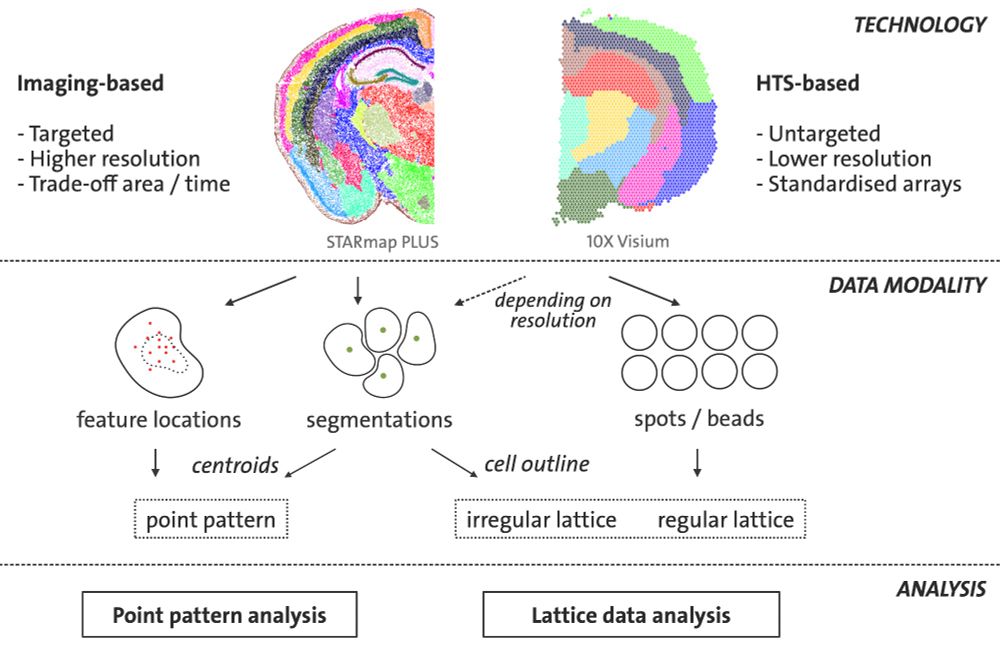
Feedback on the manuscript and package is welcome and much appreciated!
Feedback on the manuscript and package is welcome and much appreciated!
1. Quantifying structural rearrangements during colorectal malignancy transformation.
2. Recovery of structurally relevant gene expression gradients in human tonsil germinal centres.
1. Quantifying structural rearrangements during colorectal malignancy transformation.
2. Recovery of structurally relevant gene expression gradients in human tonsil germinal centres.


